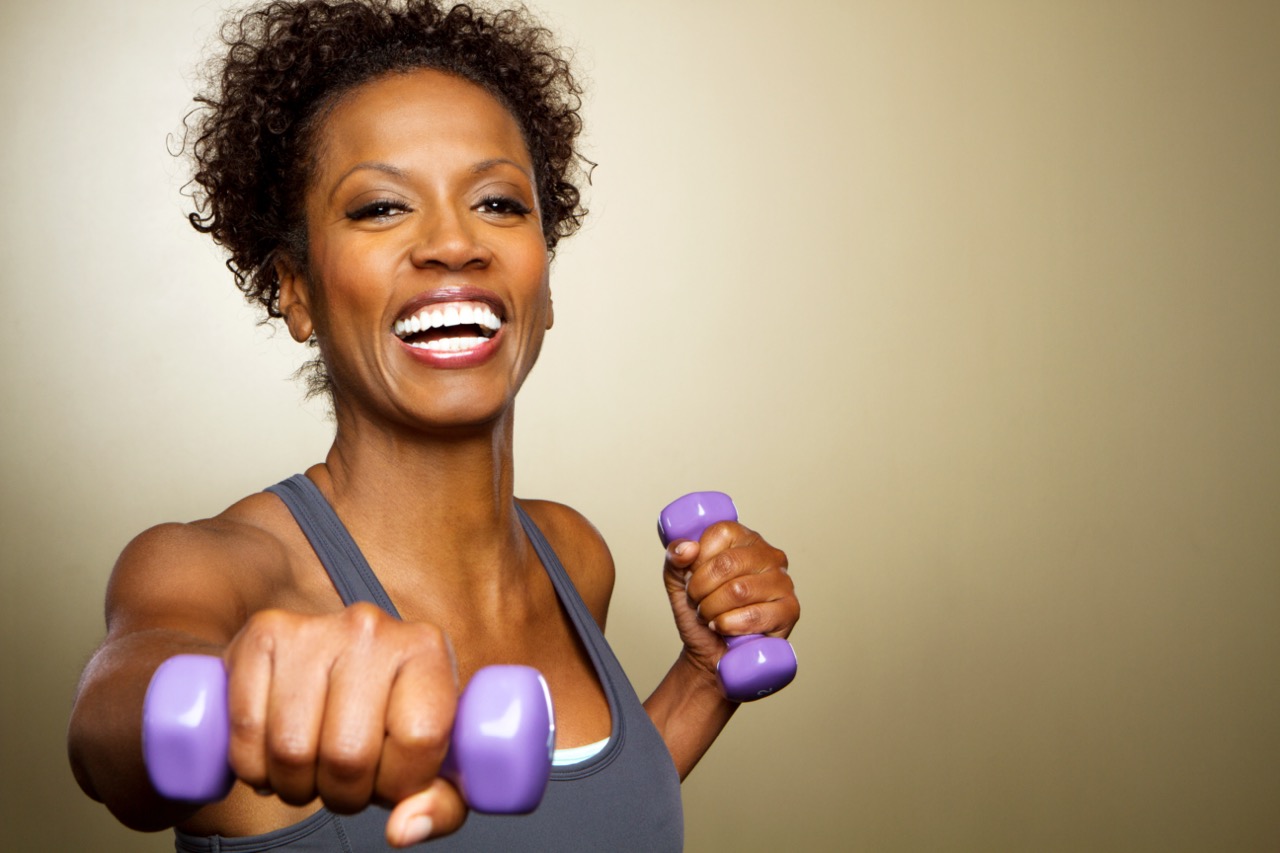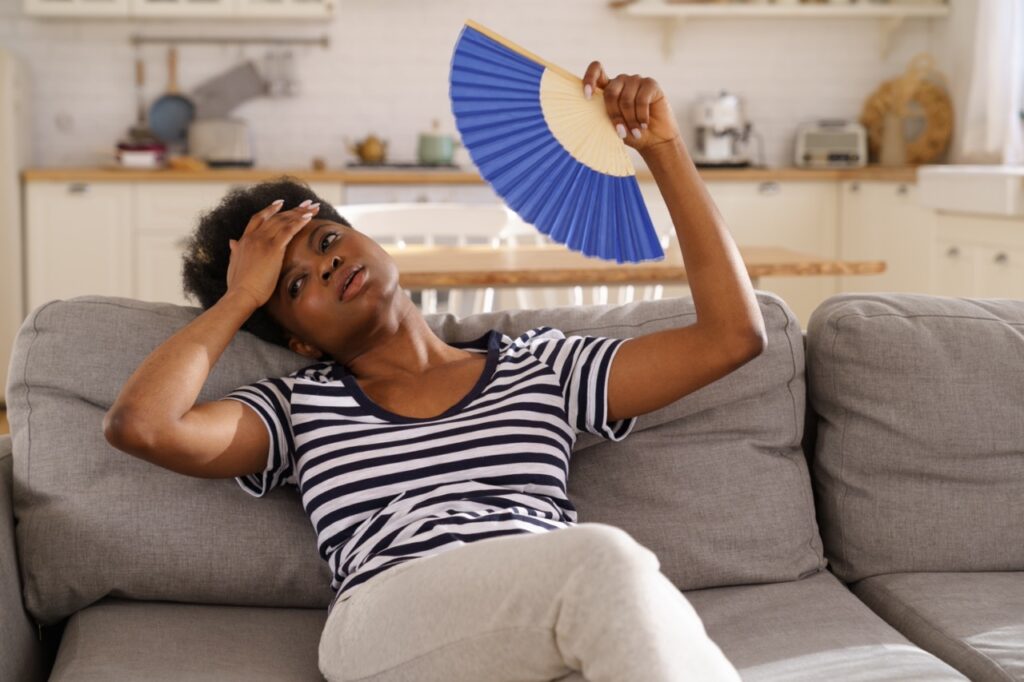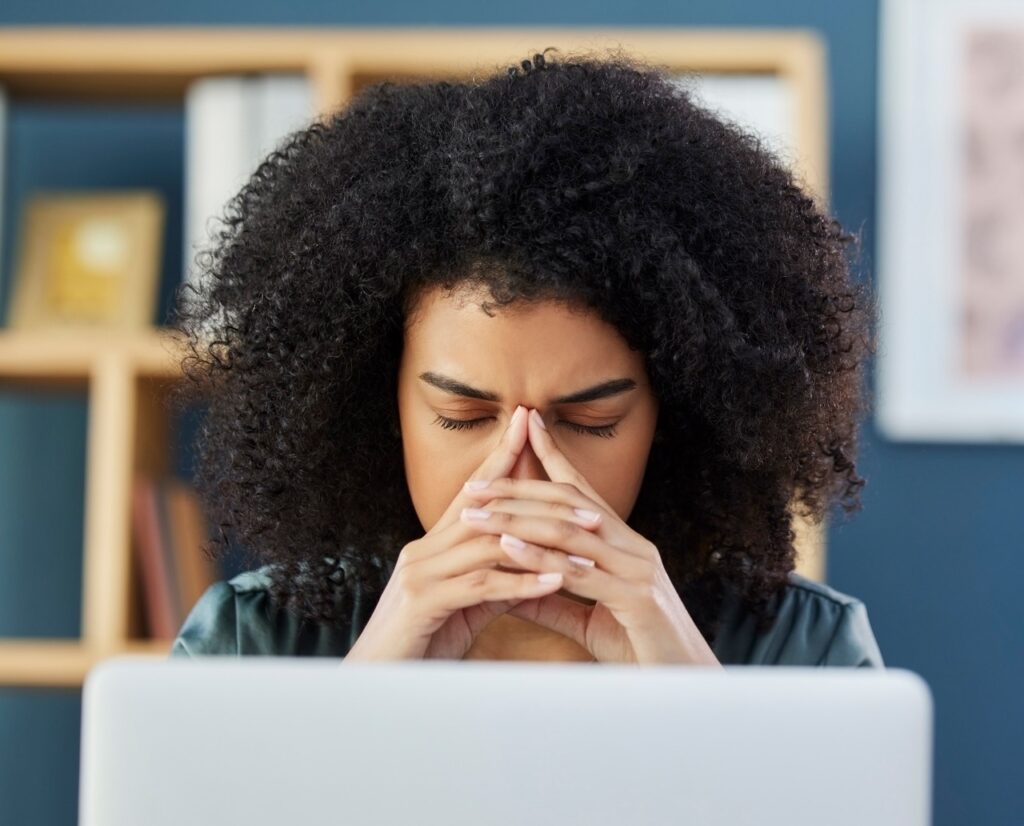Regular exercise can help relieve menopause and perimenopause symptoms. This blog focuses on the importance of exercise during menopause and perimenopause, highlights 6 beneficial exercises, and explains how they help cope with these conditions.
Understanding Menopause and Perimenopause
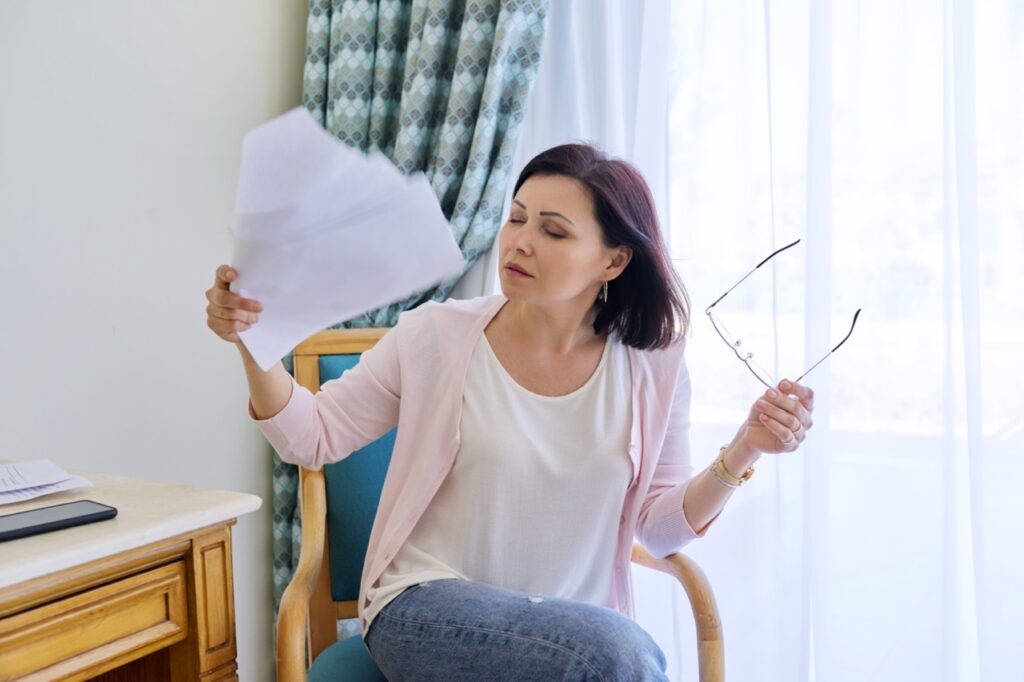
Perimenopause is the transitional phase leading up to menopause, where hormonal fluctuations can cause symptoms like hot flashes, sleep disturbances, mood swings, and weight gain.
Menopause is the time that marks the end of a woman’s menstrual cycle, diagnosed after 12 months without a menstrual period.
How Exercise Helps Relieve Menopause and Perimenopause Symptoms
Incorporating regular exercise into your daily routine can significantly improve the quality of life during menopause and perimenopause. It can help:
Reduce Symptoms
Exercise helps in managing hot flashes, improving mood, and promoting better sleep.
Maintain Bone Health
It counters the increased risk of osteoporosis.
Control Weight
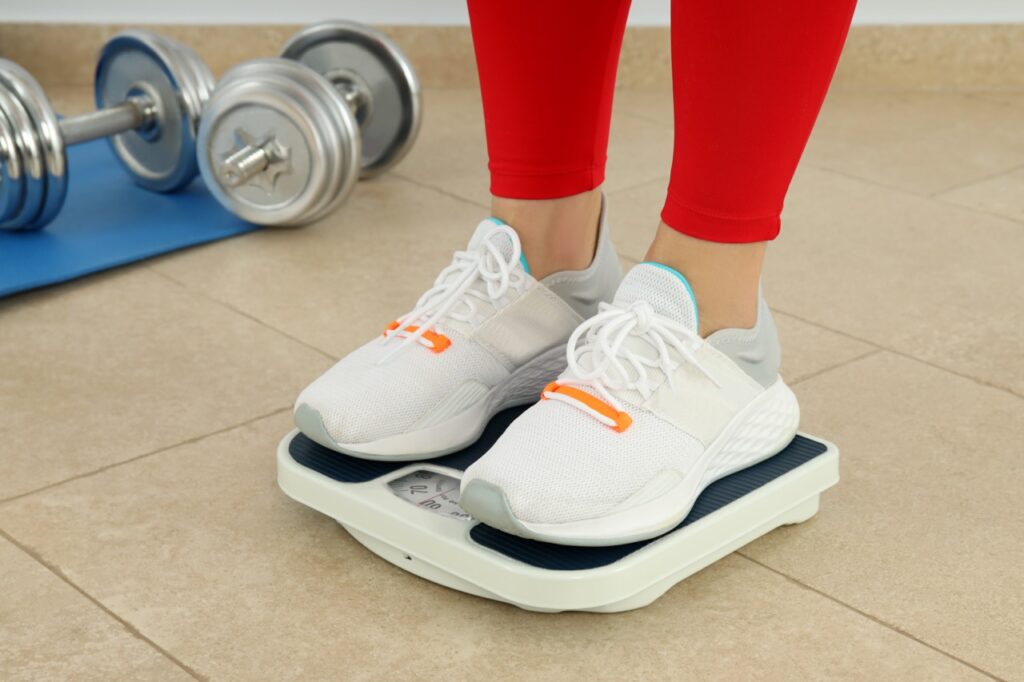
Metabolism slows down during this phase, making weight management crucial.
Enhance Mental Health
Physical activity boosts mental well-being, reducing the risk of depression and anxiety.
Improve Heart Health
The risk of heart disease increases after menopause, and exercise helps in maintaining cardiovascular health.
6 Beneficial Exercises for Menopause and Perimenopause
Walking
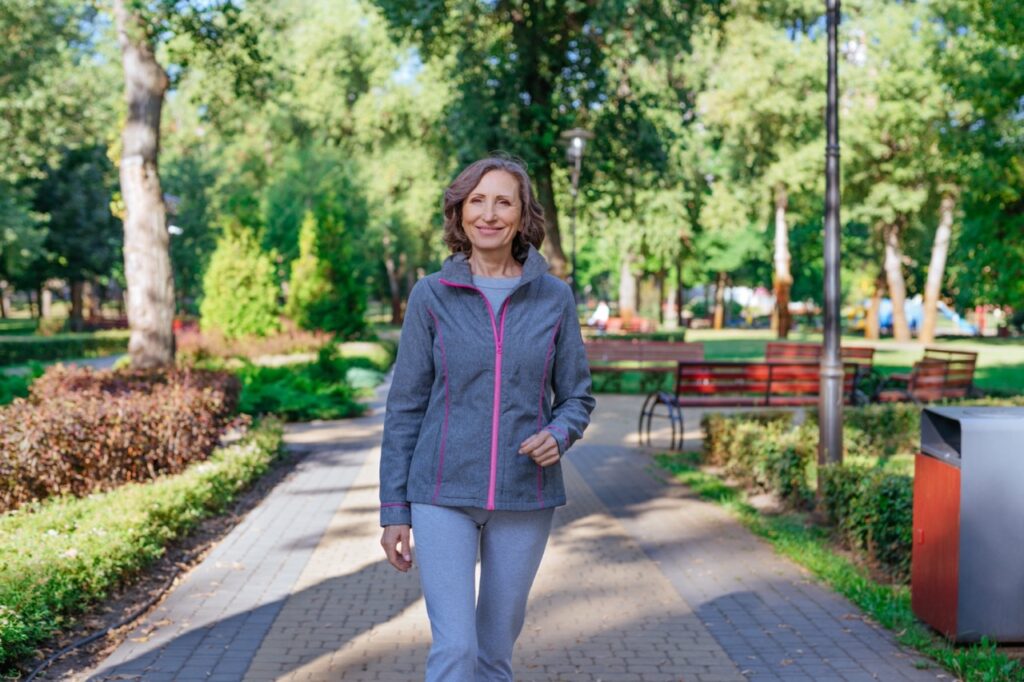
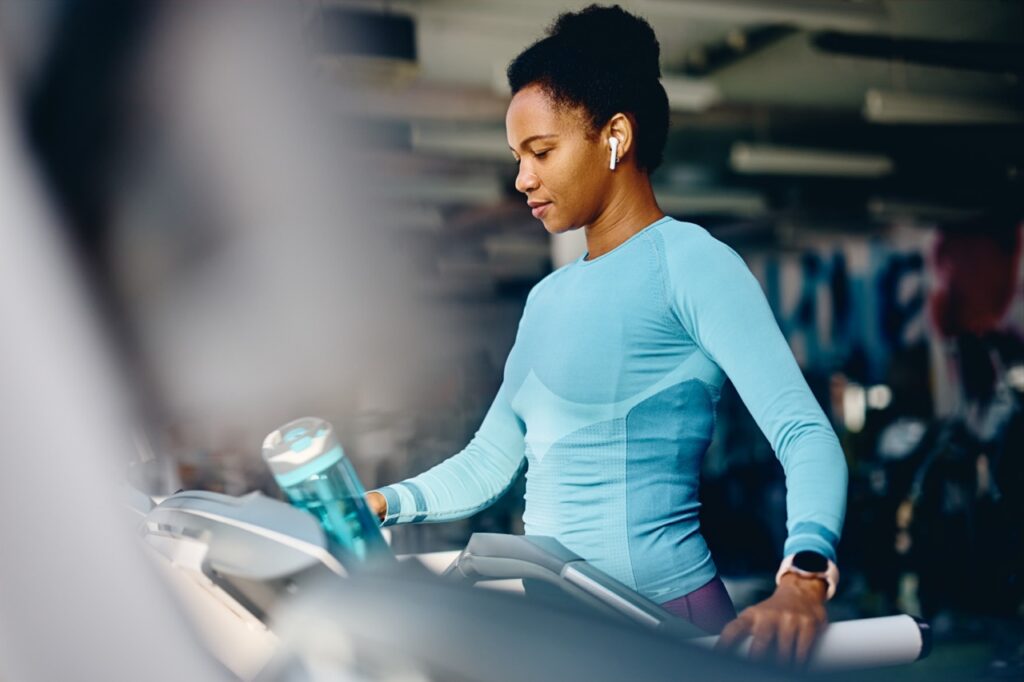
Walking is a low-impact form of cardiovascular exercise. It helps with weight management, improves mood, and is beneficial for heart health.
Strength Training
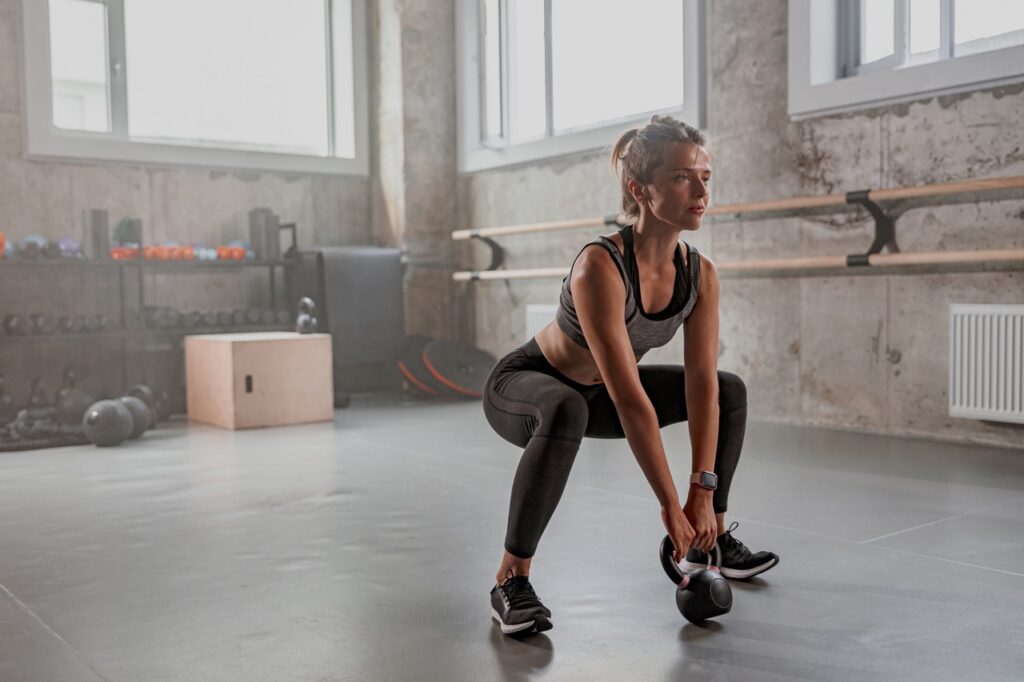
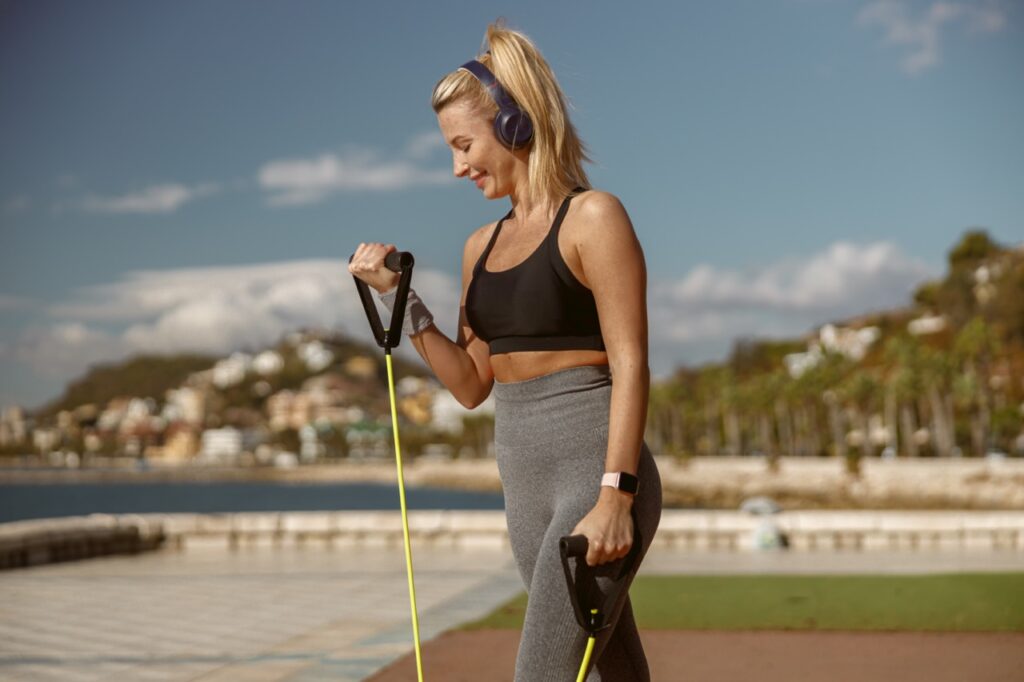
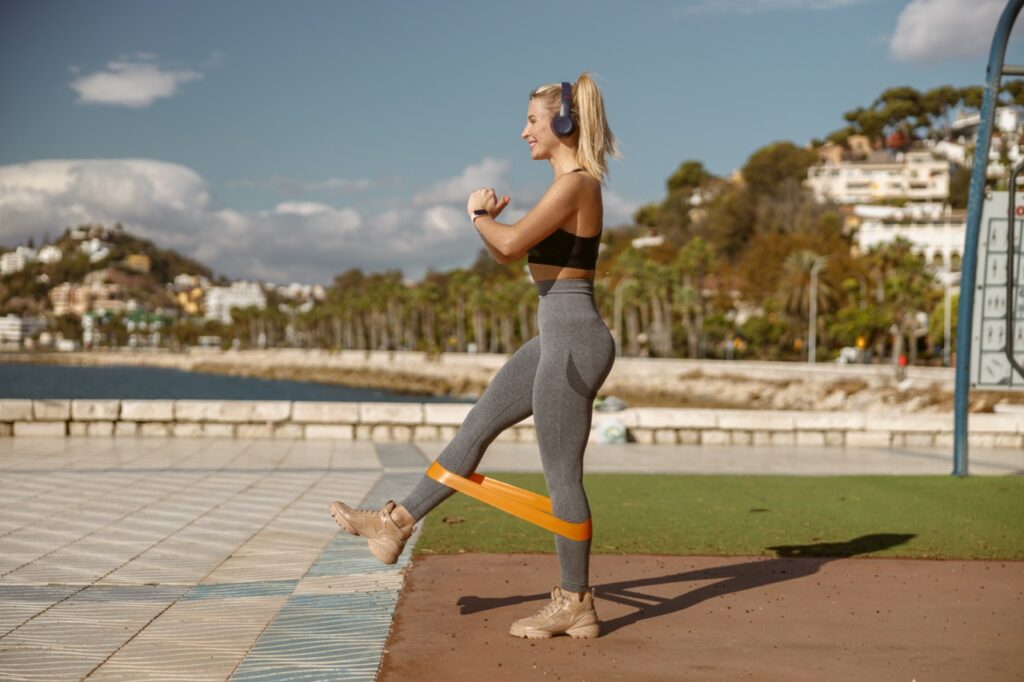
Strength training uses weights or resistance bands to help maintain muscle mass. This exercise also boosts metabolism, as well as strengthens bones, which reduces the risk of osteoporosis.
Yoga
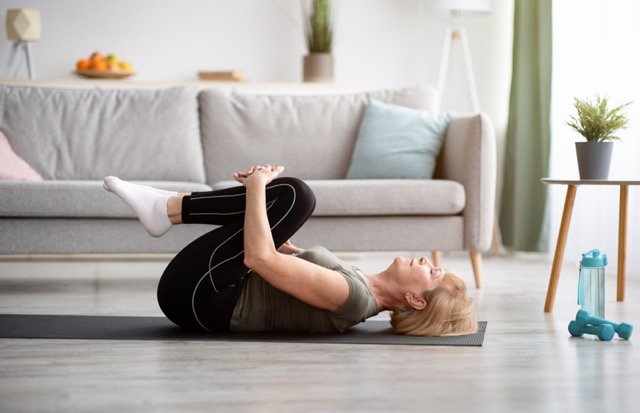
Yoga enhances flexibility, reduces stress, and improves mental well-being. Certain yoga poses can also help in managing menopausal symptoms like hot flashes and mood swings.
Swimming

Swimming is a full-body workout that’s easy on the joints. It’s ideal for women who experience joint pain during menopause. It’s excellent for cardiovascular health and helps in managing menopausal weight gain.
Pilates
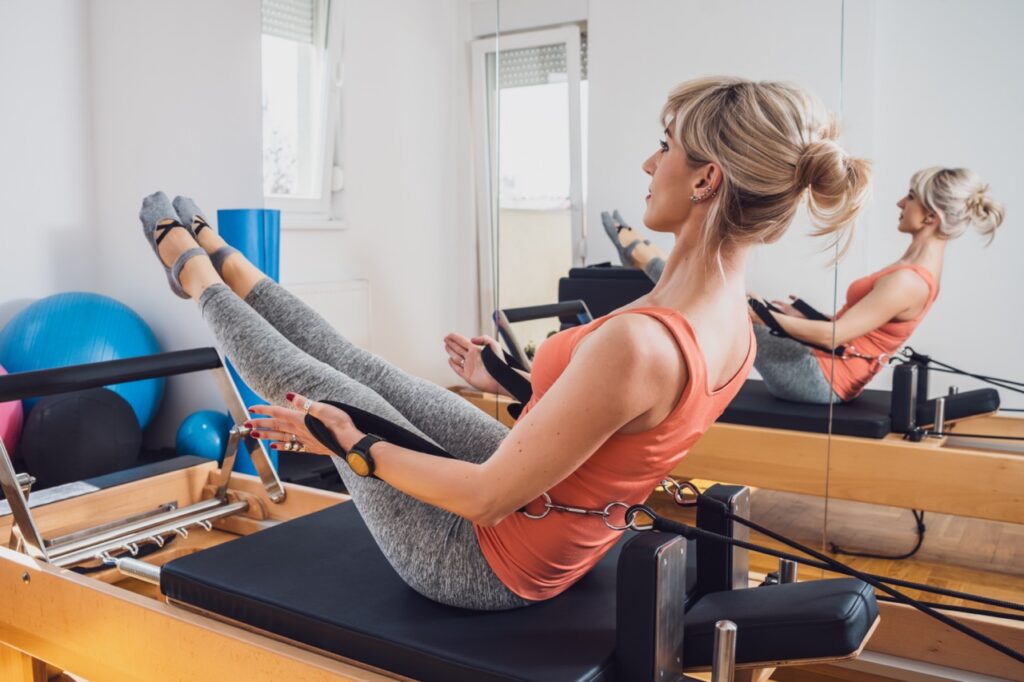
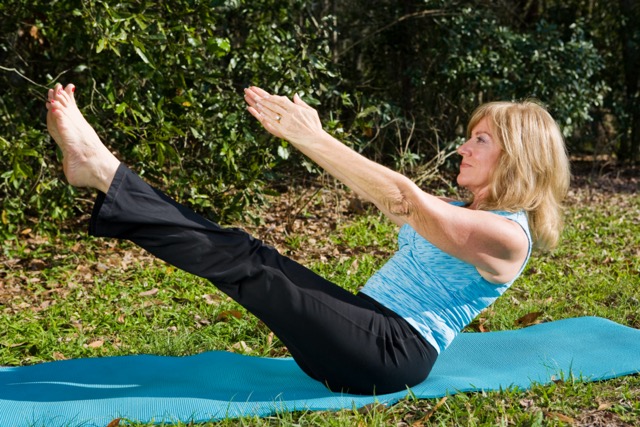
Pilates focuses on core strength, flexibility, and overall body conditioning. It can help with maintaining muscle tone and improving posture during menopause. Additionally, it helps manage mood swings and stress.
Cycling
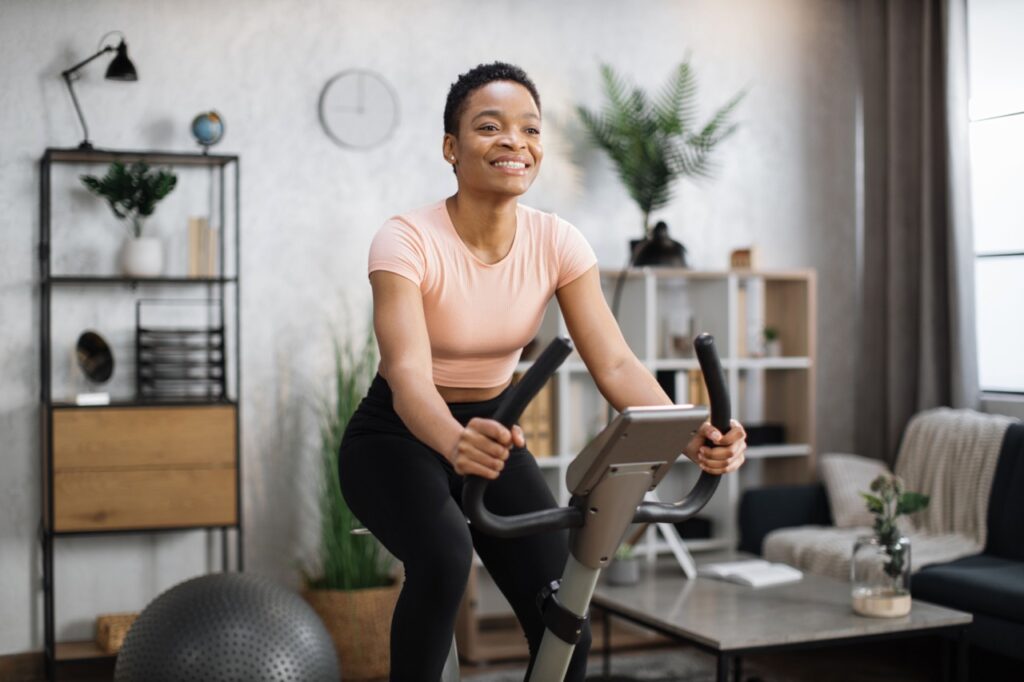
Either outdoor or stationary, cycling is a great low-impact, joint-friendly cardiovascular exercise. It also helps with weight management and boosts mood and heart health.
Regular exercise, tailored to individual needs and preferences, can be a game-changer in managing this life transition. Check with a health and wellness coach or fitness coach to get a customized menopause and perimenopause exercise plan that fits your needs, goals, and lifestyle.
How To Make Exercise a Part of Your Routine
Start Slow
If you’re new to exercising, begin with shorter, less intense sessions.
Be Consistent
Aim for at least 20-30 minutes of moderate exercise several times a week.
Find Exercises You Enjoy
You’re more likely to stick with exercises that you enjoy.
Listen to Your Body
Modify your exercise routine based on how you feel. During menopause, your body’s needs can change.
Seek Professional Advice
Consider consulting a fitness expert or physical therapist if you have health concerns.

